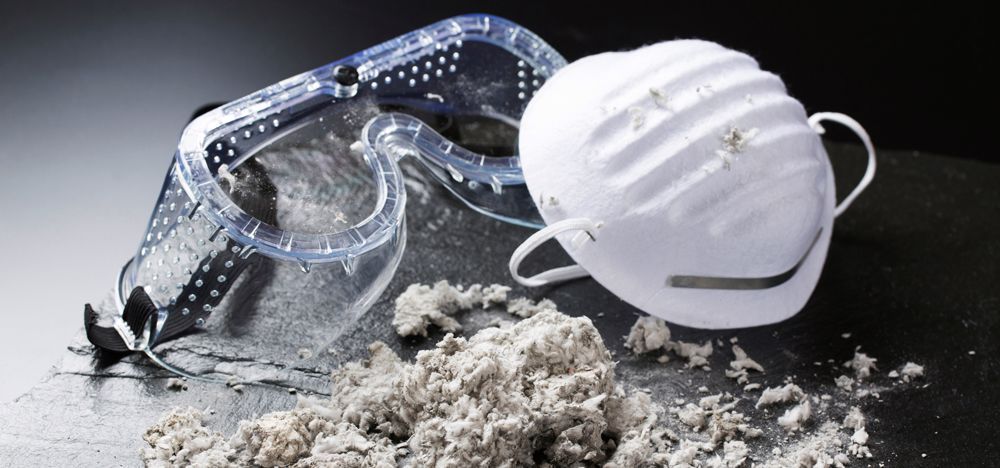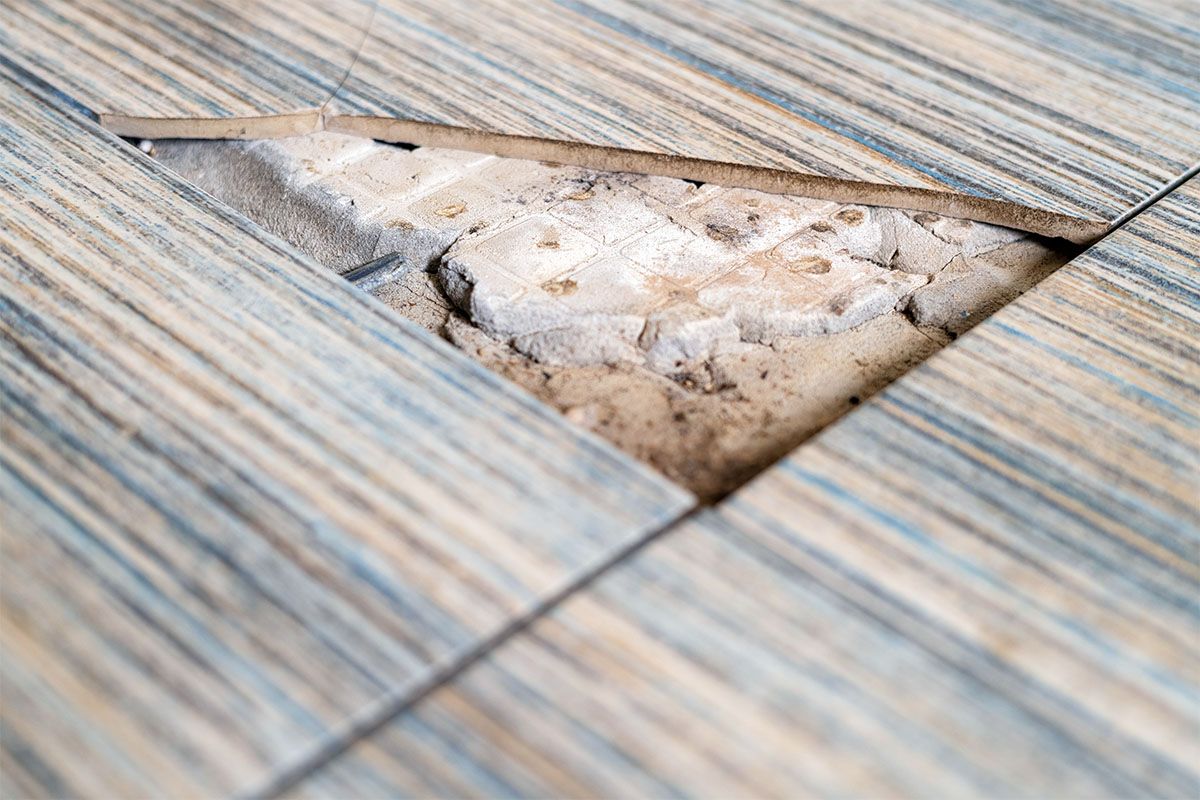How to Handle An Asbestos Risk on Commercial Premises | Cordtape
Asbestos, once a widely-used material due to its fire-resistant and insulating properties, has now been recognized as a significant health hazard. Exposure to asbestos fibres can lead to severe health conditions such as lung cancer, mesothelioma, and asbestosis.
For commercial property owners and managers, identifying and managing asbestos risks is crucial to safeguarding the health and well-being of occupants, visitors, and employees. As
Asbestos Removal specialists,
Cordtape Environmental want to ensure a safe environment for all which is why we’ve explained the essential steps to handling an asbestos risk on commercial premises.
Where will you find asbestos on a commercial premise?
Use of asbestos has been banned in the UK since 1999 due to the health risks it poses to both the workforce and general public who come into contact with asbestos fibres. But it was used frequently in construction and adjoining industries from the 1970s to 1990s which means it exists in many materials on commercial premises even to this day.
Some such materials include:
• Ceiling or floor cavities
• Lagging
• Sprayed coatings on ceilings, walls and beams/columns
• Insulating boards
• Floor tiles, textiles and composites
• Textured coatings
• Cement products
• Roofing felt
• Rope seals and gaskets
Asbestos regulations in the workplace UK
As an employer, it can feel confusing dealing with a problem that essentially feels invisible, but the Control of Asbestos Regulations 2012 outline the legal requirements and control measures that apply to all non-domestic premises.
These regulations ban all use of asbestos in all circumstances, including a blanket ban on UK manufacture and import.
They also outline:
- Duty to manage asbestos on commercial premises
- Identification of the presence of asbestos
- Assessment of work which exposes employees to asbestos
Plans of work - Licensing
- Training regulations
- Control measures

How to manage an asbestos risk on commercial premises
Step 1: Asbestos Survey and Inspection
The first and most crucial step in handling asbestos risk is to conduct a comprehensive asbestos survey and inspection.
Hire a licensed asbestos professional to inspect the entire premises thoroughly. The survey will identify the presence of asbestos-containing materials (ACMs) and assess their condition. This information is vital in determining the appropriate management and removal strategies.
Asbestos sampling can be conducted either on-site or by dropping a sample off with licensed asbestos removal specialists. All samples will be analysed in a UKAS accredited laboratory, and reported back to you promptly, in line with the Health and Safety Executive’s (HSE) guidelines.
Asbestos surveying is a visual survey that consists of both an Asbestos Management Survey and Asbestos Refurbishment/Demolition Survey.
Step 2: Asbestos Management Plan
Based on the survey findings, you will need to develop an asbestos management plan to be kept on-site at the commercial premise.
This plan should include:
1. Register of ACMs: Maintain a detailed record of all identified asbestos-containing materials on the premises. Include their locations, condition, and risk assessment.
2. Risk Assessment: Categorise ACMs according to their condition and potential risk. Prioritise any damaged or deteriorating materials that may release asbestos fibres into the air.
3. Control Measures: Implement proper control measures to minimise the risk of asbestos exposure. This may include encapsulation, enclosure, or, in some cases, removal of ACMs.
4. Monitoring and Maintenance: Establish a regular monitoring and maintenance schedule to ensure the ongoing safety of the premises.
Step 3: Employee and Occupant Awareness
Educate all employees, occupants, and relevant stakeholders about the potential asbestos risks present on the commercial property.
Conduct training sessions to raise awareness of the proper handling of materials and the importance of reporting any signs of damage or deterioration. Create clear guidelines on how to avoid disturbing asbestos-containing materials during routine activities and outline all PPE necessary when working at close proximity to the impacted area.
Step 4: Asbestos Removal
In cases where the site is in poor condition or poses a significant risk, removal is the best course of action. However, asbestos removal is a complex and hazardous process that requires specialised training and equipment. Always hire licensed asbestos removal contractors to carry out the work safely and in compliance with local regulations.
At Cordtape Environmental, we specialise in
Asbestos Removal services. Our highly trained team have over 35 years of experience in the asbestos industry, providing you with peace of mind that your asbestos risk will be carried out in-line with regulations and with your safety as our utmost priority.
Step 5: Safe Disposal
Ensure proper disposal of all asbestos-containing materials in accordance with local regulations. Asbestos waste must be carefully packaged, labelled, and transported to licensed disposal facilities by professional Asbestos Waste Management specialists.
Step 6: Regular Reassessment
Regularly reassess the asbestos risk on the commercial premises. As the building ages, ACMs may deteriorate, increasing the risk of asbestos exposure. Periodically update the asbestos management plan and conduct new inspections to account for any changes.
Handling an asbestos risk on commercial premises is a critical responsibility that should never be taken lightly. By conducting thorough surveys, creating an effective management plan, and prioritising the safety of occupants and employees, you can mitigate the risks associated with asbestos exposure.
Remember, always seek professional assistance from licensed asbestos experts to ensure the proper management and safe removal of asbestos-containing materials. With these precautions in place, you can maintain a safe and healthy environment for everyone within your commercial property.
Contact
Cordtape Environmental for professional
Asbestos Survey and Removal services as well as expert
Asbestos Removal and
Asbestos Waste Management.




